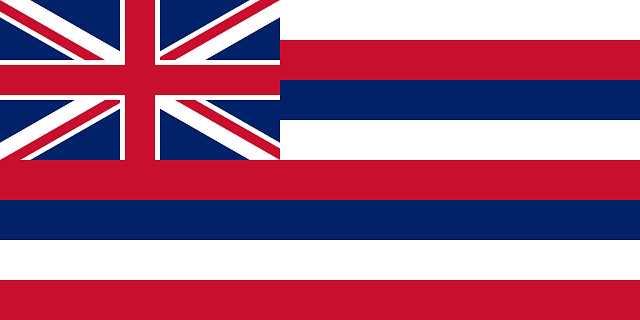The Republic of Hawaiʻi was a short-lived one-party state in Hawaiʻi between July 4, 1894, when the Provisional Government of Hawaii had ended, and August 12, 1898, when it became annexed by the United States as an organized incorporated territory of the United States. In 1893 the Committee of Public Safety overthrew Kingdom of Hawaii Queen Liliʻuokalani after she rejected the 1887 Bayonet Constitution. The Committee of Public Safety intended for Hawaii to be annexed by the United States but President Grover Cleveland, a Democrat opposed to imperialism, refused. A new constitution was subsequently written while Hawaii was being prepared for annexation.
The leaders of the Republic such as Sanford B. Dole and Lorrin A. Thurston were Hawaii-born descendants of American settlers who spoke the Hawaiian language but had strong financial, political, and family ties to the United States. They intended the Republic to become a territory of the United States. Dole was a former member of the Royal Legislature from Koloa, Kauai, and Justice of the Kingdom’s Supreme Court, and he appointed Thurston—who had served as Minister of Interior under King Kalākaua—to lead a lobbying effort in Washington, D.C. to secure Hawaii’s annexation by the United States. The issue of overseas imperialism was controversial in the United States due to its colonial origins. Hawaii was annexed under Republican President William McKinley on 12 August, 1898, during the Spanish–American War.
The Territory of Hawaii was formally established as part of the U.S. on June 14, 1900.
Articles
- Big Blue 1840-1940: Classical Stamps of Hawaii
- Philatelic Database: Hawaii – A Classic Bogus Issue
- Untold Lives: Female royalty on Hawaiian definitive Postage Stamps, 1864-1893
Blogs
Dealers
- Hawaiian Philatelic Society – @HawaiianStamps
Websites
- Hawaii Philatelic Society
- Hawai’i Post
- Hawai’i Postcard Club
- United States Possessions Philatelic Society
YouTube
- Postal History Symposium 2020: Government Post in Hawaii: Creation and Reform (1849 – 1859)
- Stamp Chats: Collecting Hawaii – How to Get Started


